Tag: thermal comfort
[Meet the team] – Tran Gia Khang, Project Engineer at TERAO Asia
This time, we will introduce you to our youngest member – Khang Tran. He specializes in technical scope. Discover more about Khang in this article. Have a good read! Q1: What is your role in TERAO and since when? Khang: I started working as a project engineer at Terao in August 2023. My responsibilities include completing projects related to LEED
[Expertise] How to conduct an energy audit to identify areas of energy waste in business
An energy audit is a comprehensive evaluation of the energy consumption and performance of your business. It involves collecting and analyzing data on your energy use patterns, such as how much electricity, gas, or other fuels you use, when and where you use them, and for what purposes. It also involves inspecting your building envelope, lighting, heating, ventilation, air conditioning
[Expertise] Achieving thermal comfort while minimizing energy consumption
Thermal comfort is the state of mind that expresses satisfaction with the thermal environment. It is influenced by air temperature, humidity, air movement, clothing, and activity level. Achieving thermal comfort is important for your well-being and productivity, energy consumption, and environmental impact. Energy consumption in buildings is mainly driven by the heating, ventilation, and air conditioning (HVAC) systems, which account
[Expertise] Thermal optimization of factories
Factories consume a large amount of energy for various operations, such as heating, cooling, lighting, machinery, etc. A significant portion of this energy is wasted as heat, which not only increases the operational costs but also contributes to greenhouse gas emissions and environmental degradation. Thermal optimization can help factories to reduce their energy consumption and carbon footprint, while also enhancing
[Expertise] Building envelope: the concept and its role in energy efficiency
The building envelope is the physical barrier between the indoor and outdoor environment of a building. It includes the walls, roof, windows, doors and other elements that separate the interior space from the exterior climate. The building envelope plays a crucial role in determining the energy performance, thermal comfort and indoor air quality of a building. In this article, we
[Expertise] Optimizing natural daylighting while minimizing heat gains and glare
Natural daylighting is a design strategy that aims to maximize the use of natural light in buildings while minimizing the need for artificial lighting and cooling. It can enhance the comfort, health, and productivity of the occupants, as well as reduce the energy consumption and environmental impact of the building. It can also reduce the need for artificial lighting and
[Expertise] Thermal comfort improvement for factories – the right approach
Thermal comfort in factories plays a pivotal role in ensuring a productive and healthy working environment for employees. Maintaining optimal temperatures and humidity levels not only enhances productivity but also fosters employee satisfaction and well-being. As industrial operations continue to evolve, adopting the right approach to ensure thermal comfort in factories becomes crucial. This operation needs to be done while
[Case study] Fordia – Energy efficiency and energy savings opportunities in the industry
[Case study] Fordia – Energy efficiency and energy savings opportunities in the industry Like many players in today’s society, industry stakeholders are taking concrete action to reduce energy consumption and reduce their impact on climate change. Fordia is focusing on drastically reducing its global carbon emissions and has launched a global Energy Efficiency program on all of its operations combined
[Expertise] Thermal comfort: how to face more frequent heat waves? – Part 2
In our Part 1 article, we have introduced Thermal comfort principle and some essential passive design ideas to optimize buildings for frequent heatwaves. In this article, we continue to introduce other simple yet essential ways to avoid thermal discomfort in a building. Optimization of the envelope Thermal insulation, compactness and glazing rates should be optimized to minimize heating and cooling
[Expertise] Thermal comfort: how to face more frequent heat waves? – Part 1
In the current context of ever more numerous and intense heat waves, the notion of thermal comfort in buildings is more relevant than ever. In June, France experienced temperatures 10°C to 15°C above seasonal norms. July and August also brought their share of heat waves! Beyond national climate objectives and the reduction of its impacts, the construction sector must also
[Expertise] Energy modeling: a powerful tool for sustainable buildings
Energy modeling is a whole building simulation process that engineers, architects, and researchers use to model the energy consumption of heating, cooling, ventilation, lighting, electronic equipment, and process loads. The simulation can give hourly time step results or even sub-hourly time step results (for example 15 minutes) which makes it possible to carry out a detailed analysis of the thermal
[Expertise] How to optimize buildings airflow and air temperature with Computational Fluid Dynamic (CFD)
Computational Fluid Dynamic (CFD) is a tool used to analyze fluid flows and temperature. In the case of building and environmental engineering, it can be used for internal spaces (large spaces such as warehouses, exhibition spaces or workshops) or external spaces (districts, neighborhoods or cities). In internal space, CFD is used to calculate thermal comfort via the calculation of airspeed, air temperature, “age” of air
TERAO in Greenweek Lunch & Learn @HKS – “Sustainability in building design for Architects”
TERAO was honoured to introduce case studies of Sustainability strategies and how to put them in place with Architects at HKS, Shanghai Office. This event was part of the Green week organized by HKS globally. Our Senior Project Manager Maxime Besseas introduced projects for which TERAO has worked closely with architects to integrate sustainable design from the competition stage. A first
“Sustainability and Well-Being in Workplaces” conference at Cushman and Wakefield Business Corner
TERAO was honored to introduce case studies of Sustainability and Well-being combination strategies for Workplaces at Cushman and Wakefield, Shanghai Office, in partnership with Delhom Acoustique. Our Senior Project Manager Song Dan introduced the different studies that show that interior improved sustainability and well-being translates into better productivity from the employees. For example, the World Green Building Council wrote that


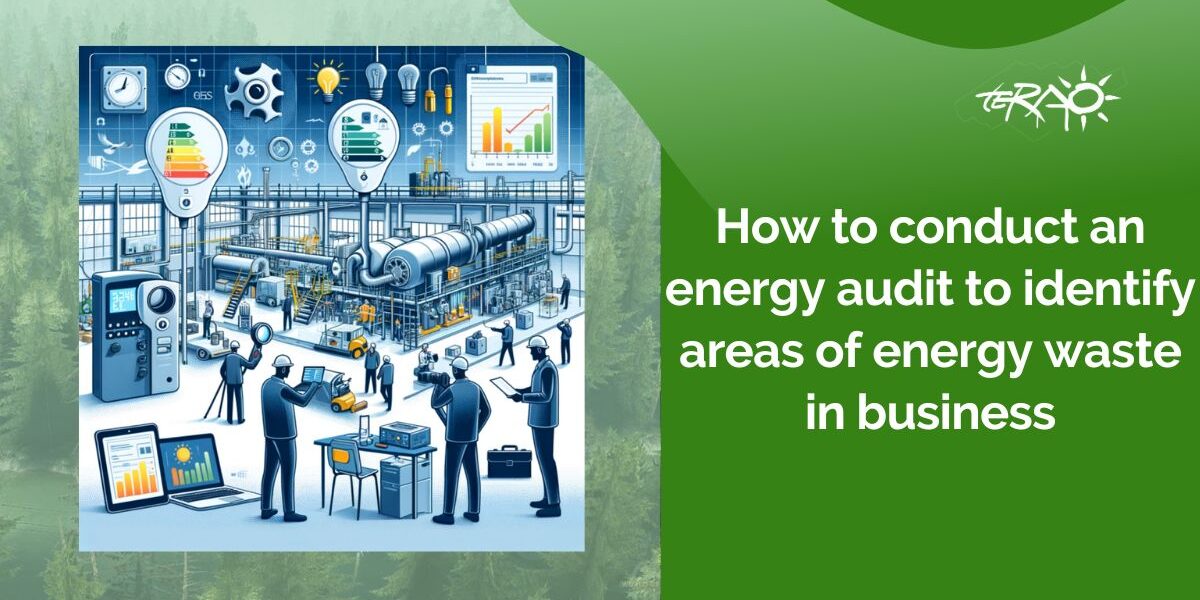


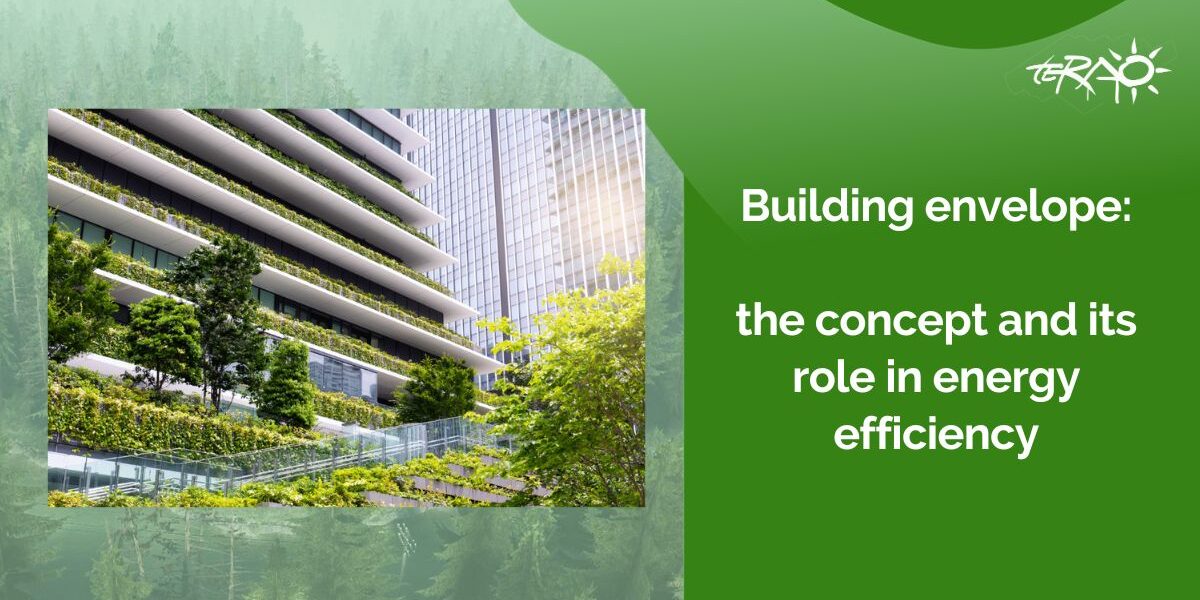
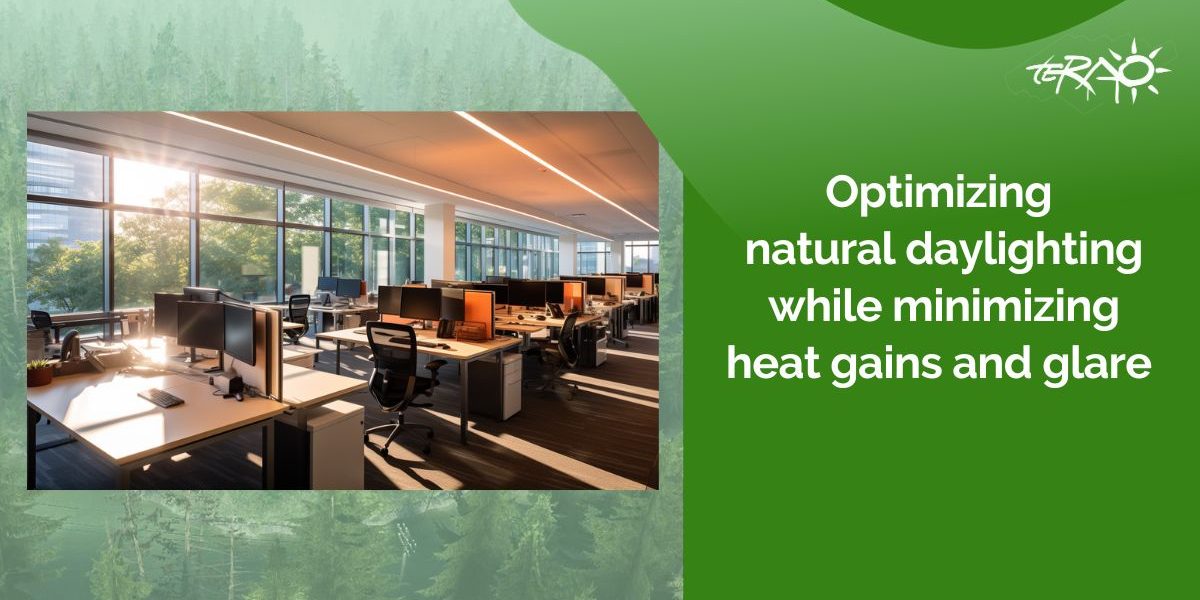

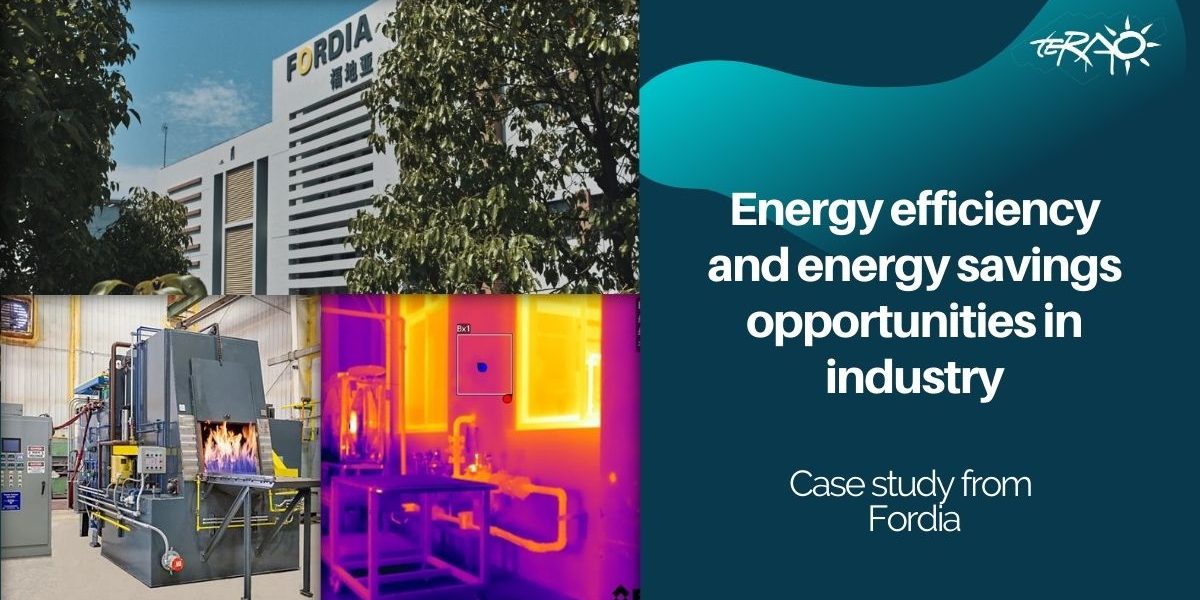

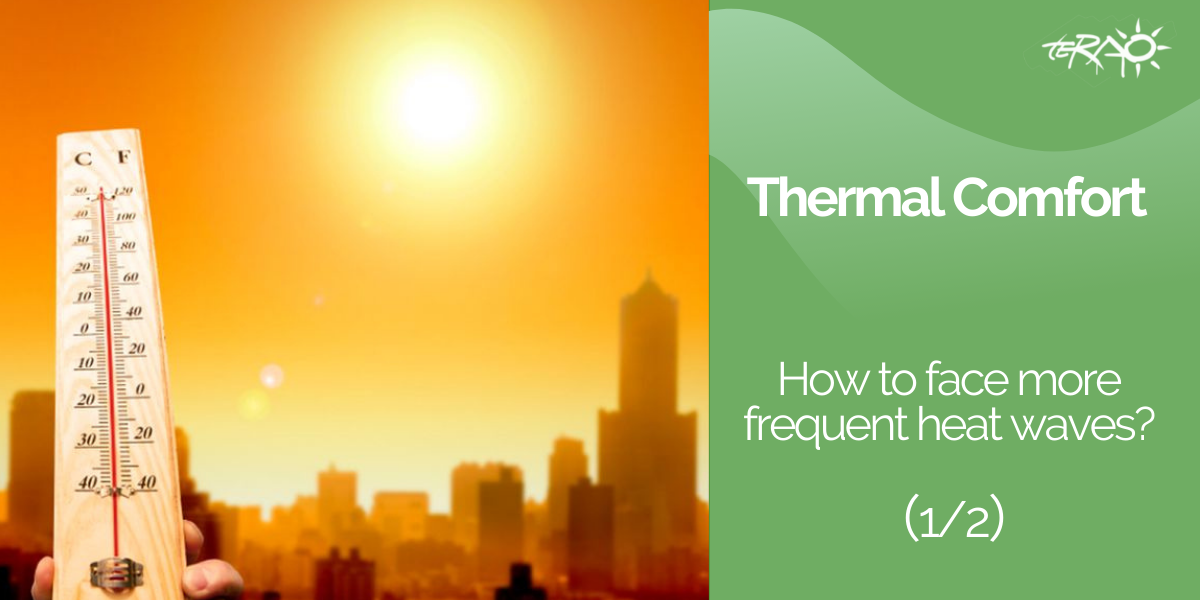
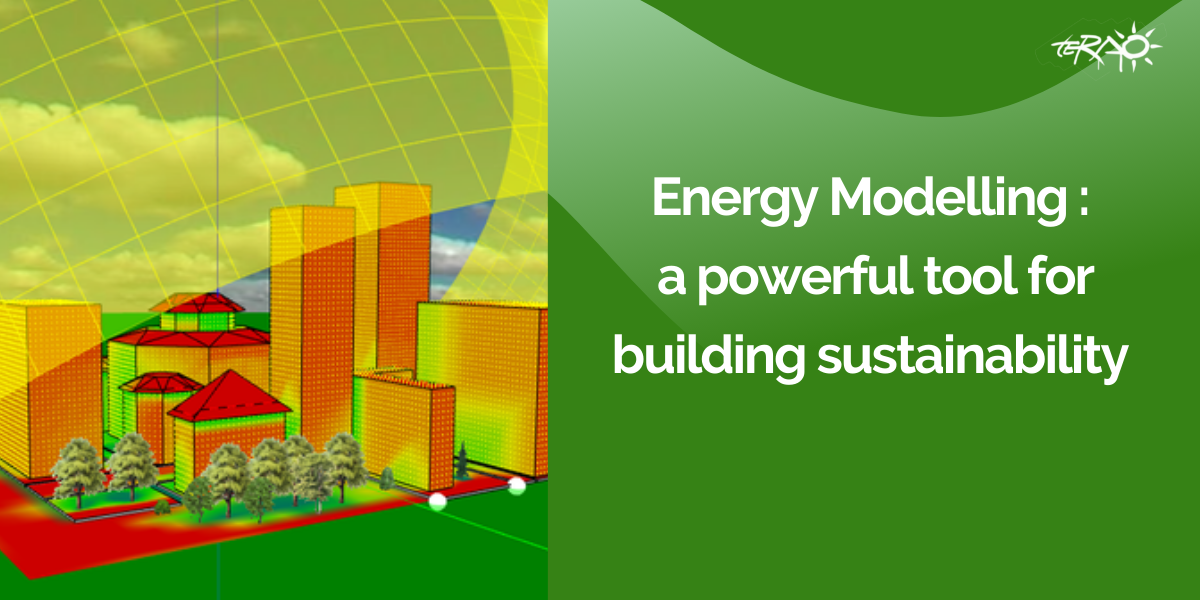
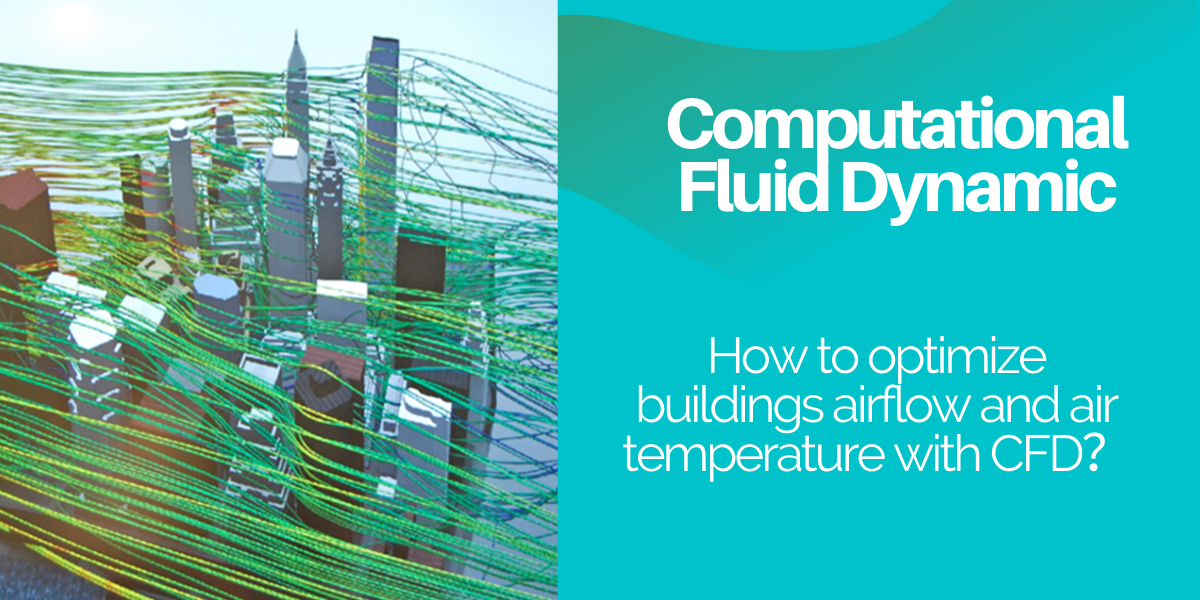
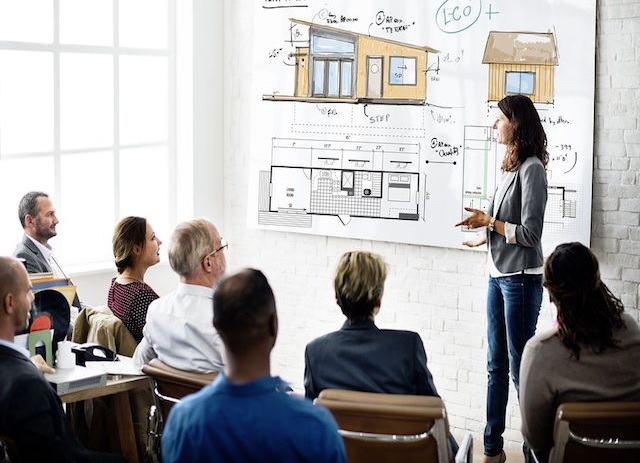
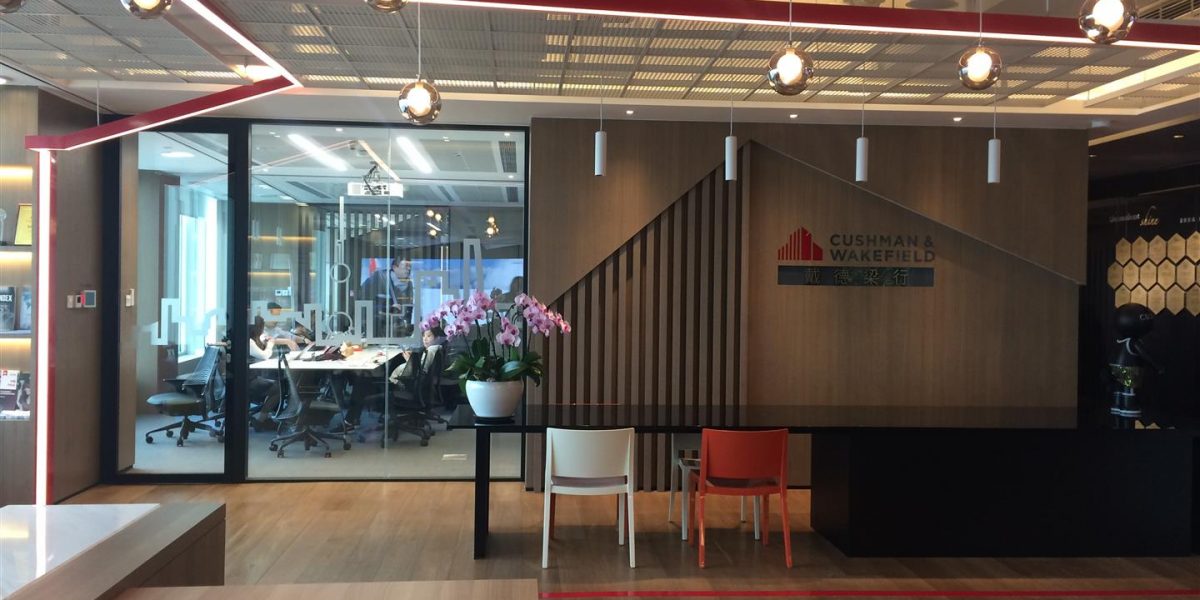
![[Meet the team] – Tran Gia Khang, Project Engineer at TERAO Asia](https://teraoasia.com/wp-content/uploads/2024/09/Cover-150x150.png)

Recent Comments